Scientists have developed a groundbreaking AI model that could revolutionize how we find and use water in the Western U.S.
This technology aims to improve water supply estimates over vast distances, potentially uncovering new sources of drinking water. This innovation comes at a critical time, addressing the region’s long-standing water scarcity issues.
The Need for Improved Water Management
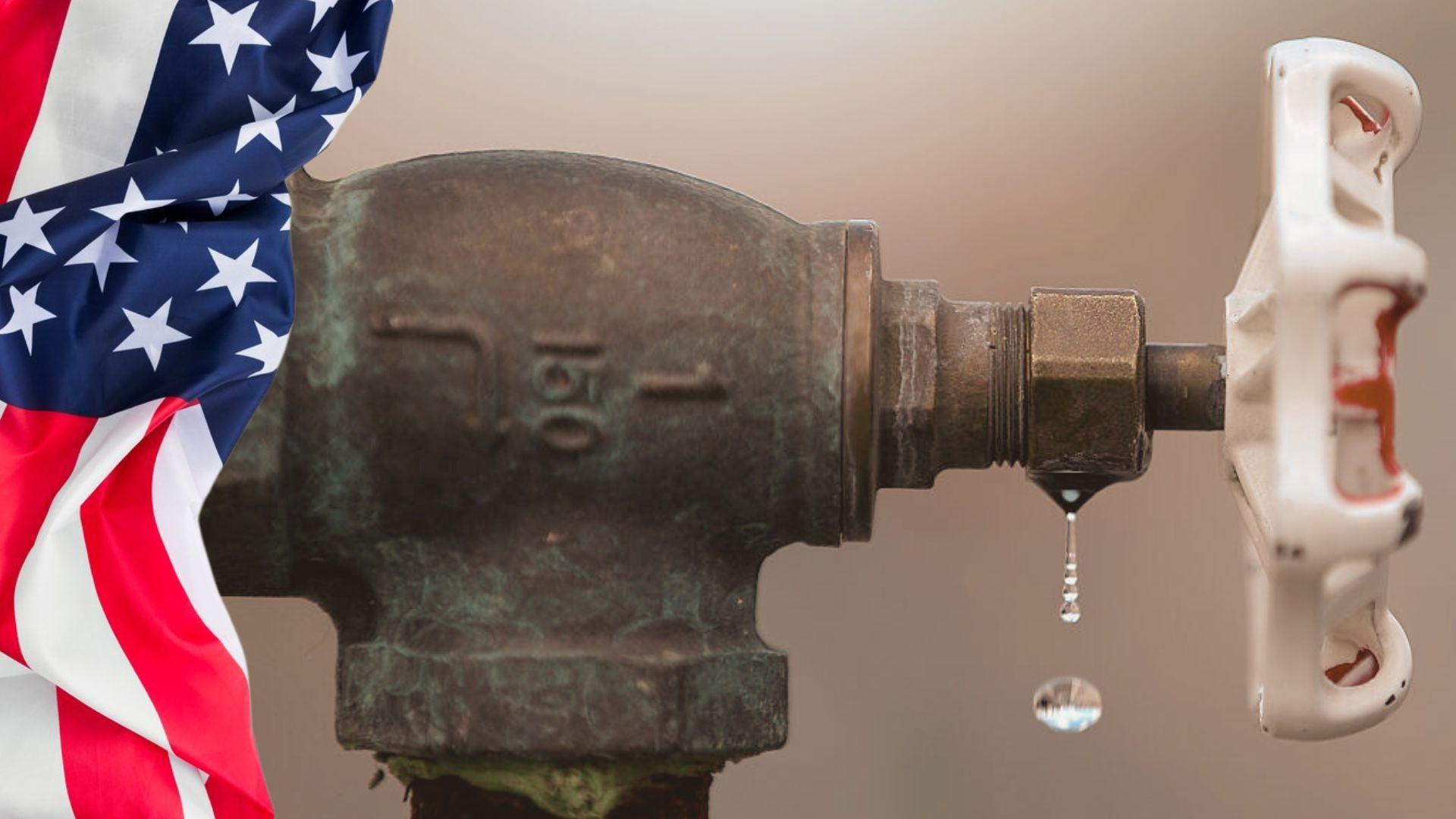
The Western U.S. has been grappling with a megadrought since 2000, making accurate water measurement tools essential. Traditional methods, reliant on 822 snow measurement stations, cover vast areas inefficiently.
This AI model offers a solution, providing more precise data over larger areas, helping manage water resources more effectively.
How the AI Model Works

The AI model enhances water supply estimates by accessing unmonitored areas. Comparisons with 300 traditional snow measuring stations show that the AI drastically outperforms existing methods.
This advancement promises a new era of precision in water management, ensuring every drop from snowmelt is accounted for.
Importance of Snow Melt

Snowmelt plays a crucial role in the water cycle of the Western U.S., feeding rivers and reservoirs. Understanding its dynamics is vital for the region’s water supply.
The AI model helps track snowmelt more accurately, supporting better water management decisions and ensuring sustainable water resources.
Addressing the Drought Crisis
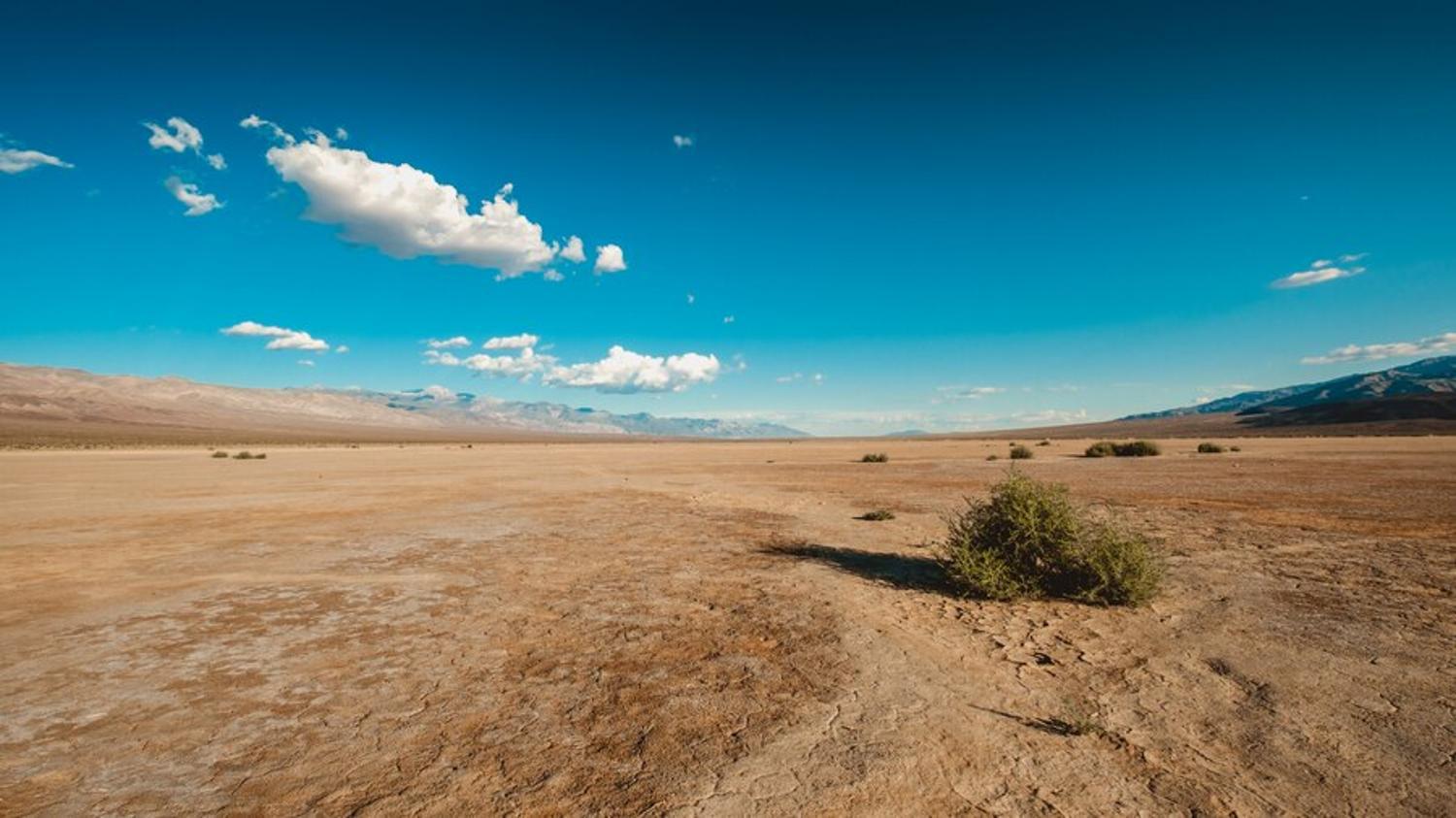
Since 2000, the Western U.S. has faced severe drought conditions. The new AI model is urgently needed to address these challenges.
As water becomes scarcer, the AI’s precision in measuring snowmelt and water resources becomes critical for survival and sustainable water use.
Insights from the Lead Researcher

Krishu Thapa, who led the study, emphasizes that every drop from snowmelt is precious.
The AI model ensures no drop goes unnoticed, providing a more detailed picture of water availability. This level of accuracy is crucial for effective water management in the drought-stricken region.
The Future of Water Management
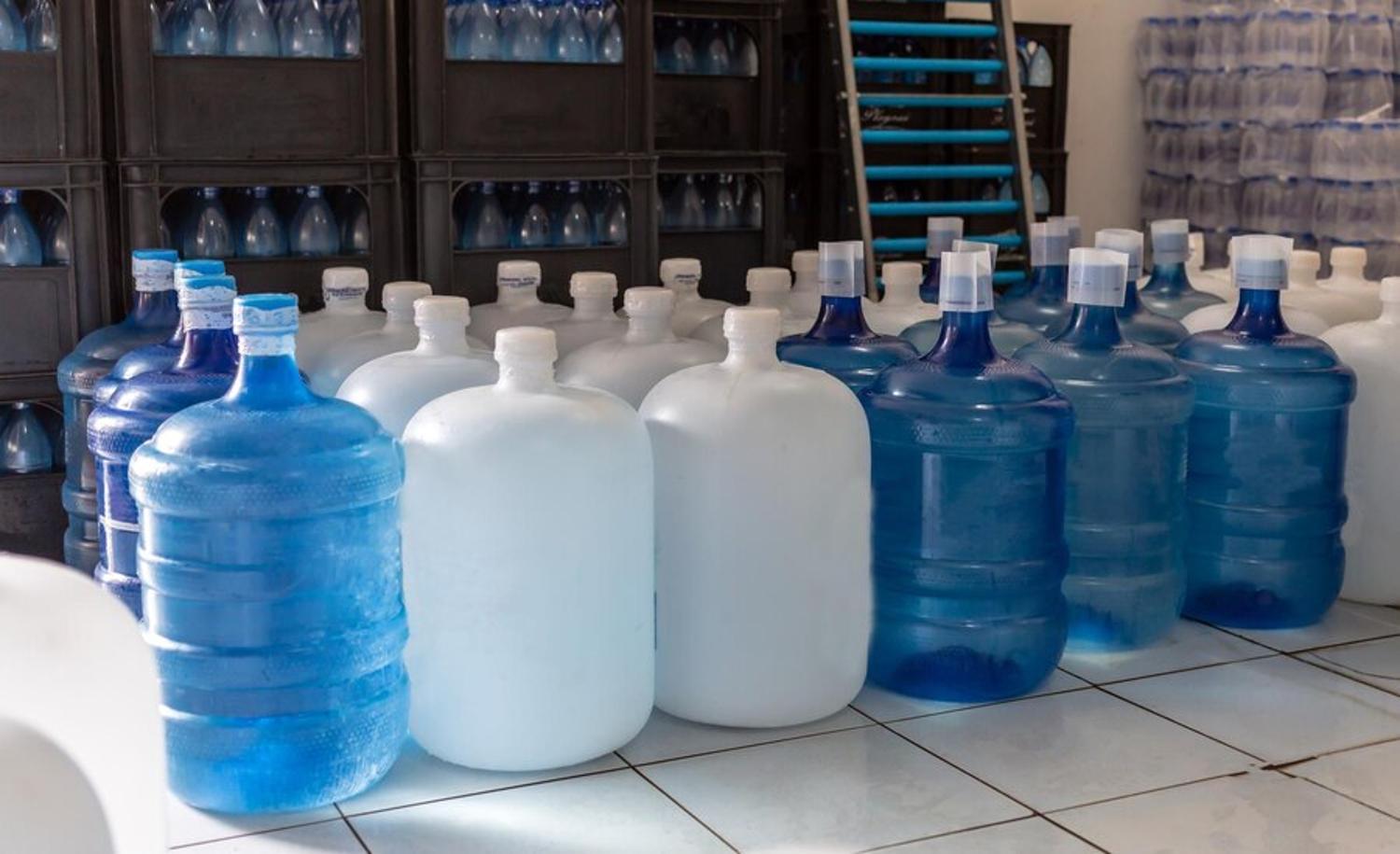
Although the AI model is not yet ready for deployment, its potential impact is significant. Once operational, it will enable smarter, more informed decisions about water use.
This advancement represents a major step forward in forecasting water availability and managing resources efficiently.
Complementary Technologies
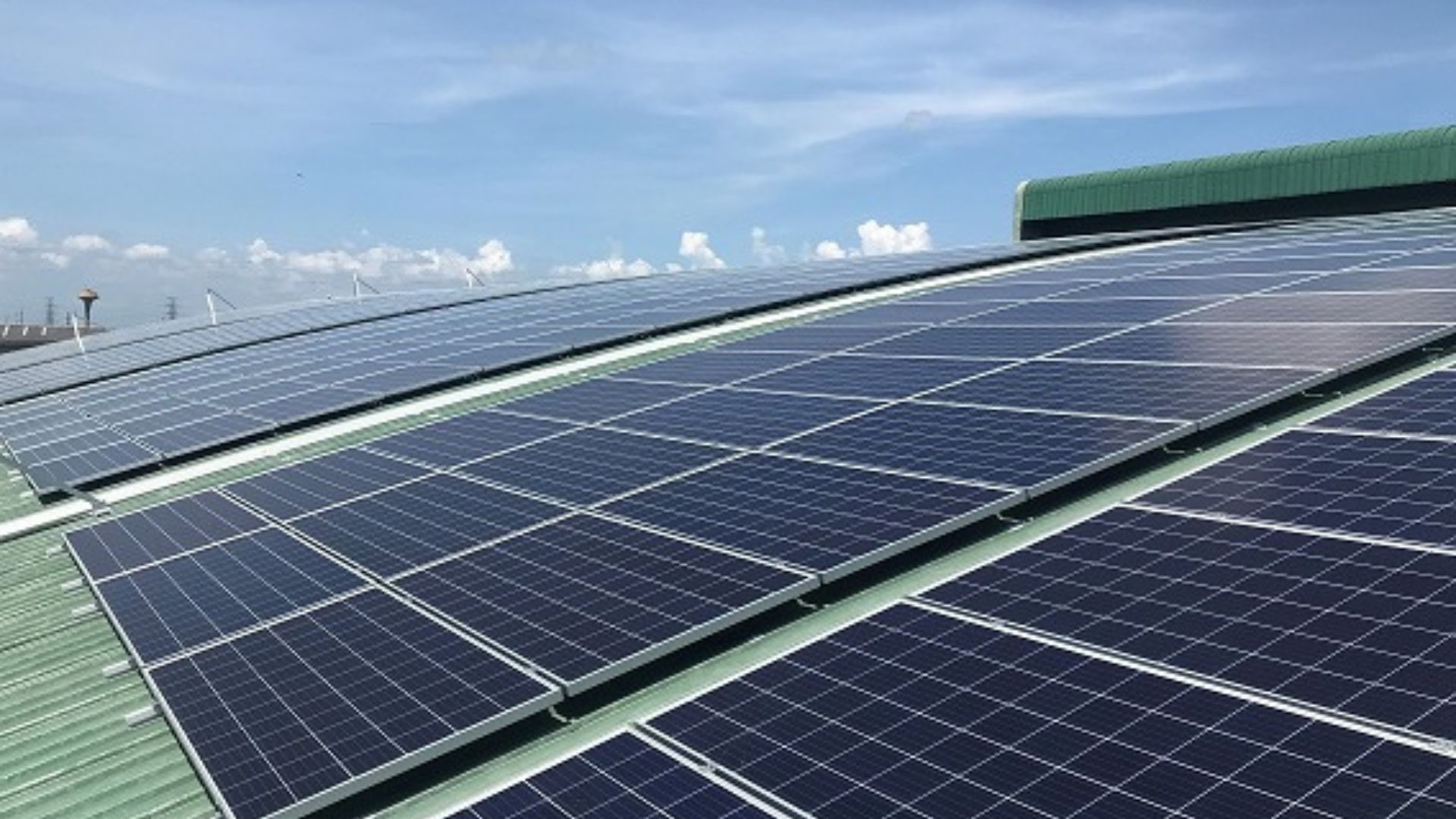
In addition to the AI model, researchers are exploring innovative technologies like solar-powered hydropanels to pull water from thin air.
These panels, developed in Southern Nevada, use sunlight to absorb water vapor, providing a new source of drinking water in arid regions, demonstrating the potential for combined technological solutions.
Historical Techniques and Modern Innovations

Inspired by traditional Peruvian water collection methods, modern hydropanels offer a low-cost, efficient solution to water scarcity.
These panels, which work by using sunlight to power fans that absorb water vapor, could democratize access to clean water for communities without electricity.
Community Involvement in Water Conservation
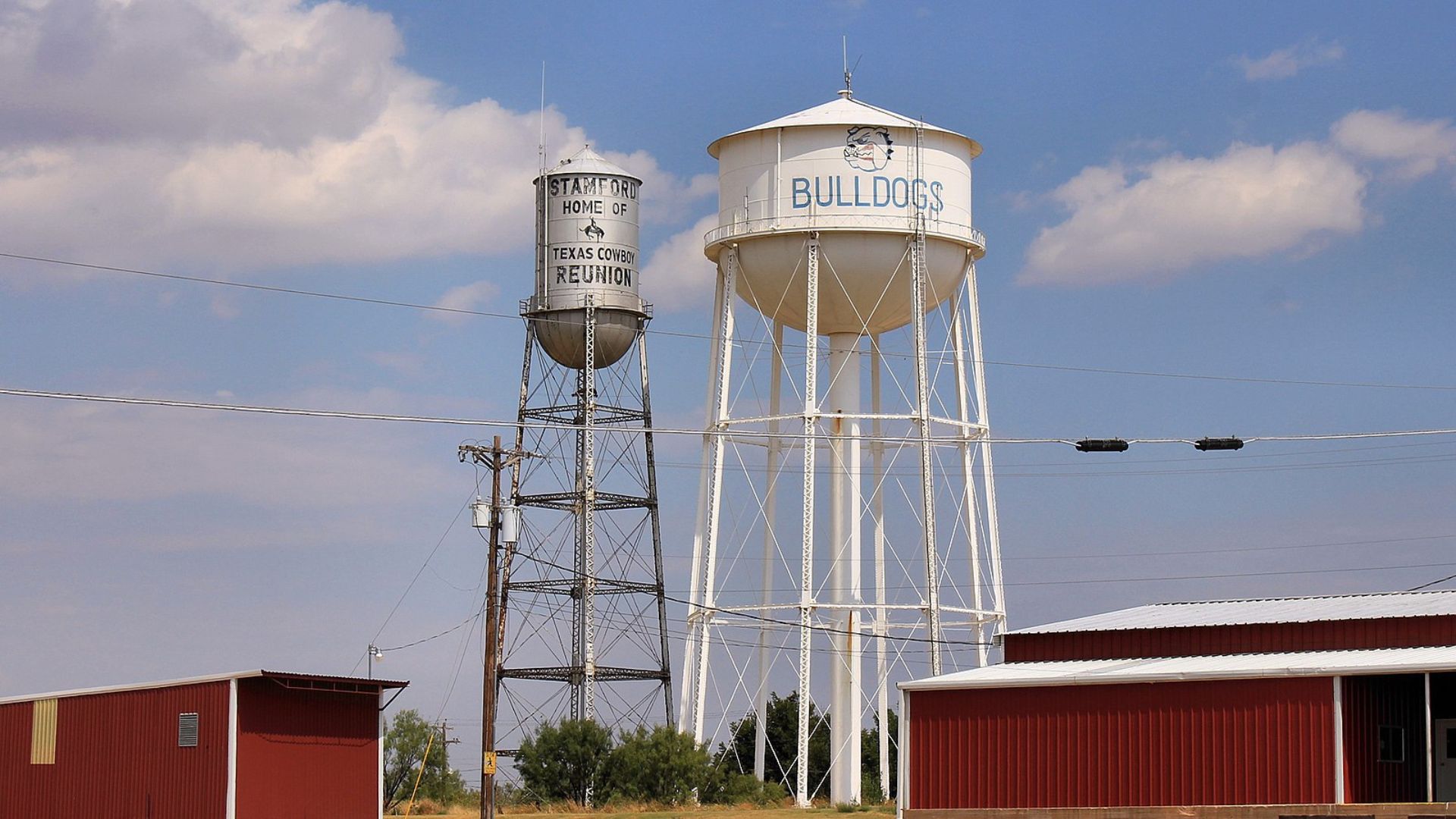
Urban communities can support water-insecure areas by conserving water.
Simple actions, like turning off the water while brushing teeth and reducing lawn watering, can make a difference. These efforts, combined with technological advancements, can help address the ongoing water crisis.
The Broader Impact of AI and Technology

The integration of AI and other innovative technologies marks a significant step forward in addressing water scarcity.
By accurately monitoring water resources and creating new methods to produce clean water, scientists and policymakers can develop sustainable solutions for future generations.
Future Outlook

The AI model and complementary technologies offer hope for addressing water scarcity in the Western U.S.
As researchers continue to refine these innovations, the potential to secure water resources and ensure sustainable water availability becomes more attainable.








































